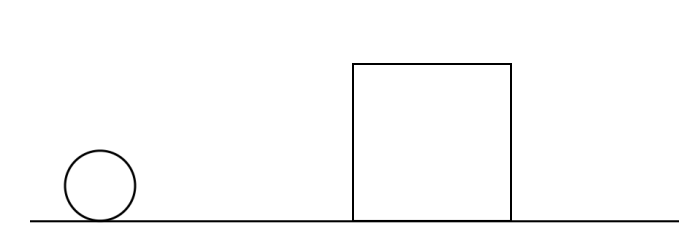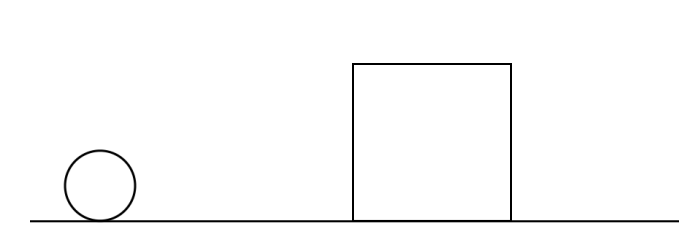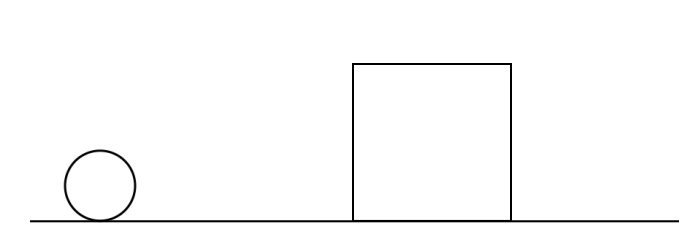10. Secondary Action
Secondary action means adding a secondary element to the animation of a character to emphasize the action that is being undertaken. The secondary action should be carefully planned to support the main action rather than overshadowing it.
Look at two examples of a ball trying to push a box. On the first example the ball tries to push the box, which moves slowly across the floor because it is too heavy. The action is clear, but not very thrilling, right?

Let’s try again, but now we’ll add a secondary action.

With a lit bit of deformation, the box seems even more heavy for our ball to push.
What if we add another secondary action? That is right, you can add more than one, as long as they continue to support the main action. By adding a few drops of sweat to the ball’s ‘forehead’ it becomes much clearer that the box is too heavy and that the ball is putting some extra effort to be able to push it.

Especially in simple elements like a ball or a cube, you need secondary actions to convey your ideas more effectively.